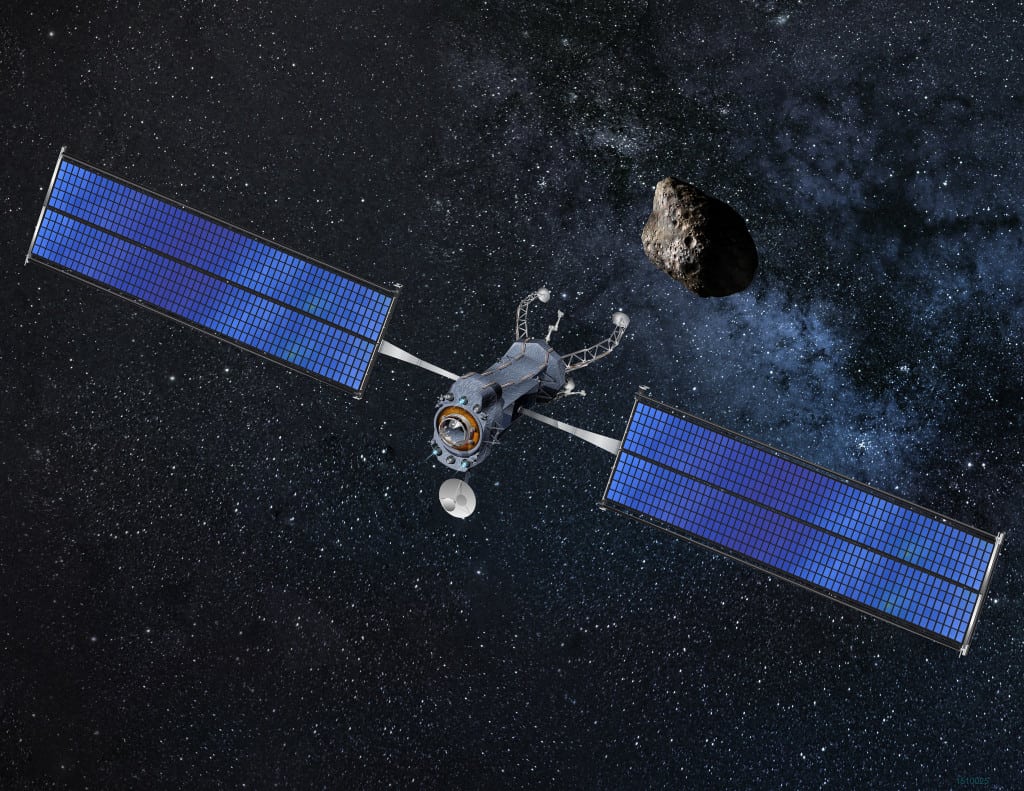SSL to Develop Electric Propulsion Tech for NASA

Artist rendition of satellite with a solar electric propulsion system. Photo: SSL
SSL, a Maxar Technologies company, was selected by NASA for two separate public-private partnerships to develop two Tipping Point spacecraft technologies. NASA’s Tipping Point awards are designed to foster the development of commercial space capabilities and benefit future NASA missions. A technology is considered by NASA to be at a tipping point if an investment in a demonstration is likely to result in a high likelihood of infusion into a commercial space application, and significant improvement in the ability to successfully bring the technology to market.
The company will collaborate with NASA on developments to accelerate innovation for the NewSpace economy and for future exploration missions. The two technologies aim to expand the capabilities and resiliency of spacecraft through in-orbit refueling for electric propulsion and enabling space transportation with highly efficient, high-power solar electric propulsion. In-Space Xenon Transfer for Satellite, Servicing, and Exploration Vehicle Replenishment and Life Extension will demonstrate that fuel transfer in space. High Efficiency 6kW Dual Mode Electric Propulsion Engine for Broad Mission Applications technology will be a dual-mode power processing unit capable of providing variable voltage.
SSL has 100,000 hours of active electric propulsion thruster operation experience across more than 30 spacecraft currently in orbit. The company also provided all five robotic arms for the Mars rovers and landers, including the arm currently headed to Mars on the InSight Lander. The company is also building robotics for NASA’s Restore-L satellite refueling mission in Low Earth Orbit (LEO), support DARPA‘s RSGS satellite servicing mission in Geosynchronous Orbit (GEO), and demonstrate concepts for in-orbit habitat assembly through NASA’s NextSTEP program.